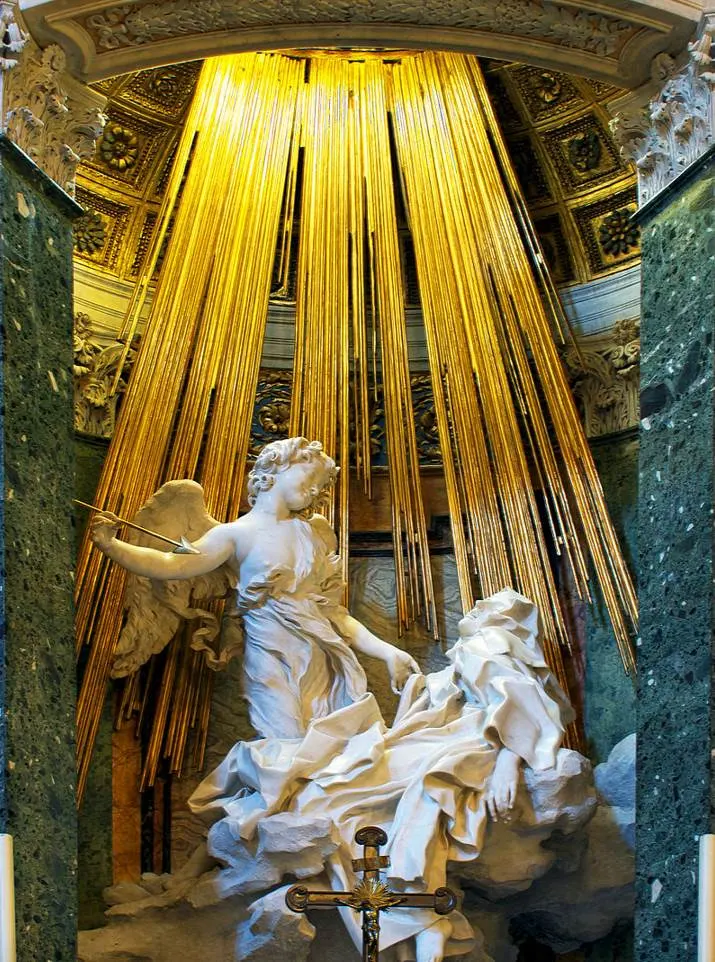The Baroque era started in the early 17th century and flourished in Europe until the mid-18th century. It was an extension of Mannerism, which in turn is considered to be the predecessor of the Renaissance.
The main goal of Baroque artists was to create a sense of awe with their art. Because Baroque Art was so widespread, first in Europe and later all around the world, it evolved differently in different regions.
The style was eventually replaced by Rococo Art, also known as “Late Baroque,” and Neoclassicism, a style that aimed to revive art produced in classical antiquity.
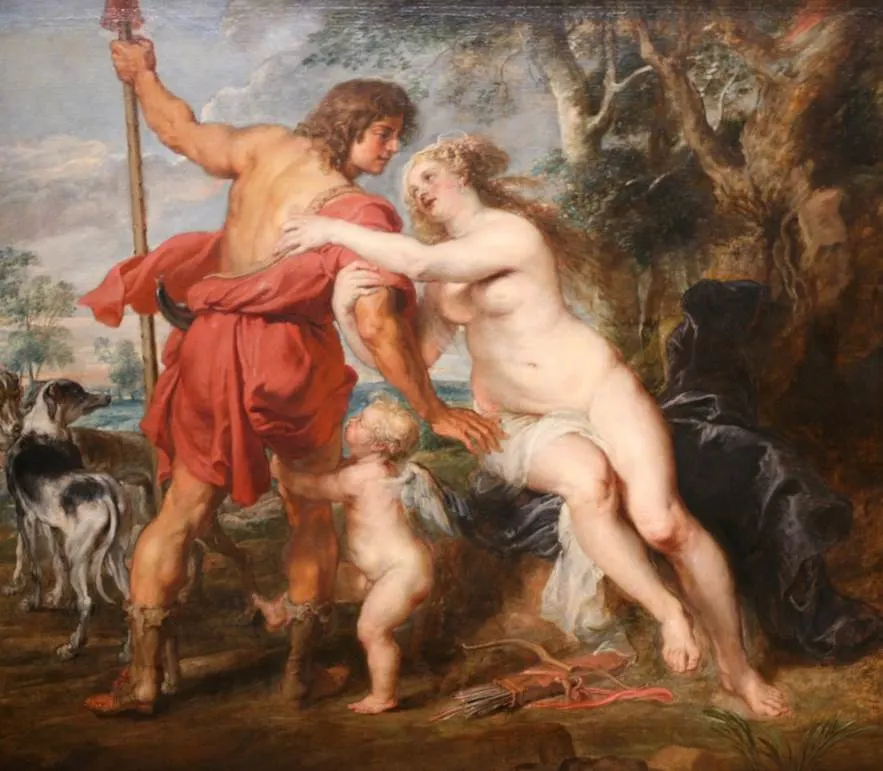
History of Baroque Art
Many suggestions have been made as to where the word Baroque originates from, but the Medieval Latin “Baroco” is likely the source.
This word was originally used to describe anything that has to do with logic, but its meaning had greatly expanded by the 16th century. It was used to describe bizarre complexity and absurd excess.
Excessive drama or the use of color is what defines the Baroque period. It was born as a reaction from the Catholic Church to the austerity displayed in Protestant art.
Protestantism emerged in Germany in the year 1517 and spread all across Europe in the following decades. It was a serious threat to the Catholic Church which replied with the Counter-Reformation in 1545.
The first phase of the baroque era exclusively revolved around Baroque architecture. Baroque churches emerged which built upon the basic characteristics of Renaissance architecture.
Baroque architecture evolved into the most important art movement in Europe for nearly 150 years which encompassed the fields of music, dance, poetry, painting, and sculpture.
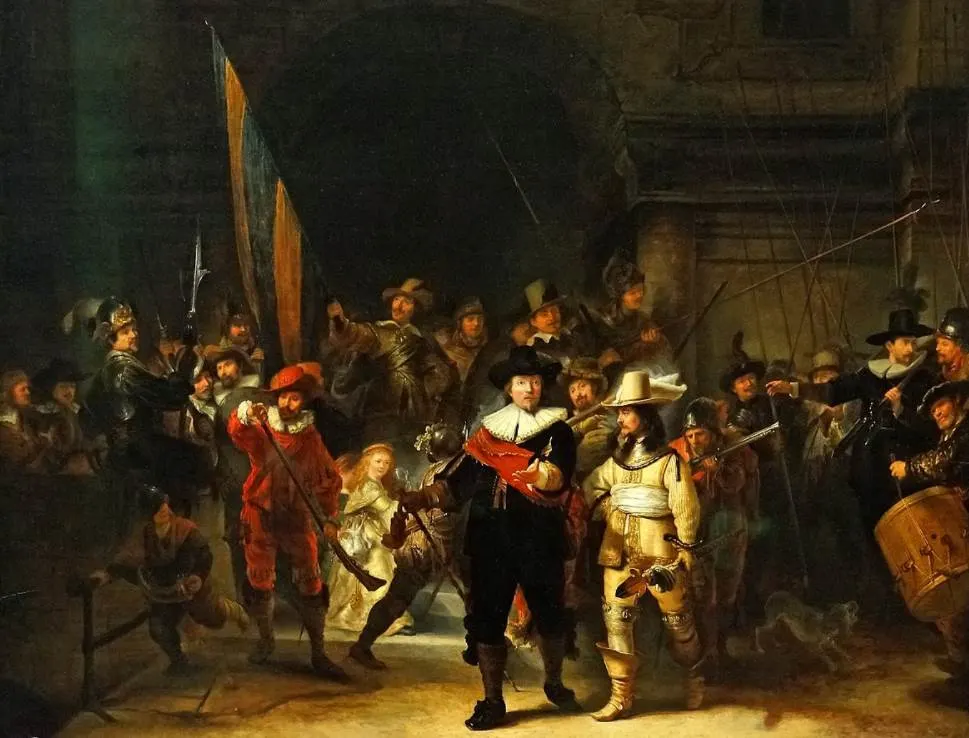
Main characteristics of Baroque art

Because Baroque was so widespread, it evolved differently in various parts of the world. That’s why it’s best to look at the main characteristics of each type of Baroque art based on the location it emerged in.
Italian Baroque
The first Baroque building that featured a façade that can be classified as Baroque was the Church of the Gesù in Rome in 1584. These churches had to be decorated with Baroque sculptures and paintings and that’s how the style was born in Italy. Caravaggio (1571-1610) and Gian Lorenzo Bernini (1598-1680) revolutionized painting and sculpture respectively.
Spanish Baroque
The Catholic Church and the Jesuits played a major role in the development of Baroque Art in Spain. Several churches were redeveloped with Baroque additions throughout the 17th century. Spain produced one of the most famous painters of the era with Diego Velázquez (1599-1660).
Dutch Baroque
The Baroque era largely coincided with the Dutch Golden Age, a period in Dutch in which the Dutch Republic was one of the most advanced places in the world in multiple fields. This also happened in the world of art. Some of the most notable Dutch Golden Age painters were Rembrandt van Rijn (1606-1669) and Johannes Vermeer (1632-1675).
Flemish Baroque
Antwerp was the art center of the Southern Spanish Netherlands in the 17th century and it produced one of the most notable Baroque artists in history. Peter Paul Rubens (1577-1640) created a distinctive style of Baroque art full of exaggerated drama and motion that defines the period.
French Baroque
Baroque in France was quite different from the dramatic styles that developed in other parts of Europe and the world. It’s considered to be a precursor to the Neoclassical style that emerged over a century later as it didn’t feature the exuberant ornaments found elsewhere. The paintings of Nicolas Poussin (1594-1665) are a testimony to this.
Portuguese Baroque
The exploits of the Portuguese overseas brought back a lot of wealth to the home country. It lasted for nearly 2 centuries in Portugal and was mostly centered in the northern part of the country. Porto is the Baroque city of Portugal and its historical center is therefore listed as a UNESCO World Heritage site.
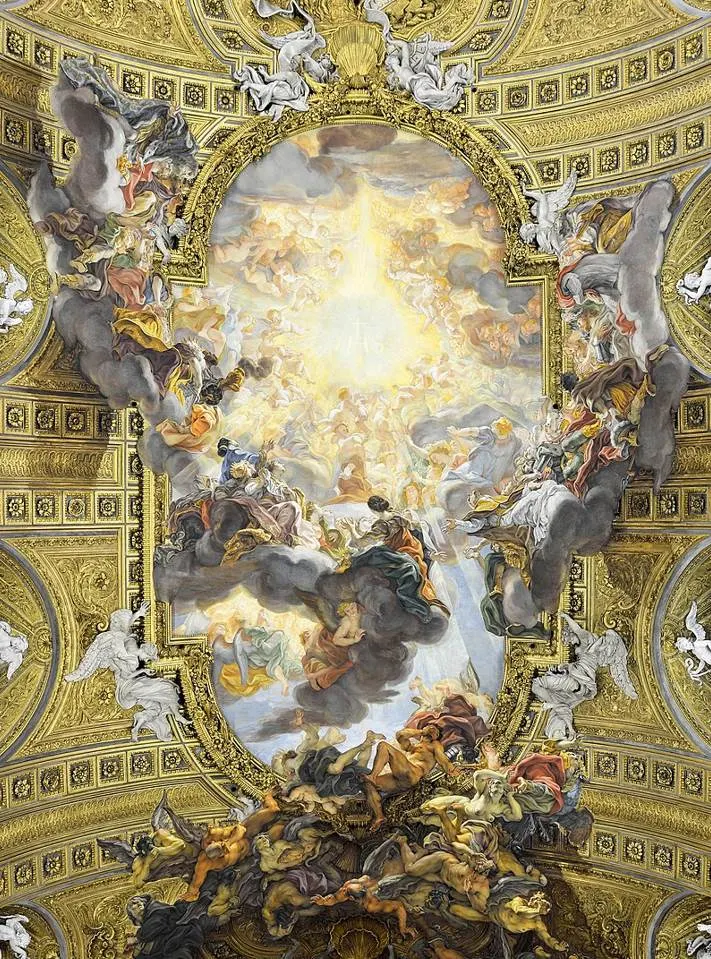
Types of Baroque art
Apart from Baroque architecture, the Baroque era is characterized by several types of artworks that define the art movement. below you’ll find a list of some of the most important ones.
Baroque sculptures
Baroque sculptors built upon the ideals of Renaissance sculptors but added several important twists. They included a sense of motion and drama in the sculptures that were unseen before. Many Baroque sculptures, especially in Rome, added additional features such as concealed light sources to heighten the dramatic effect.
Baroque paintings
Baroque painting is generally characterized by drama and the rich use of color. There were different types of Baroque painters such as Caravaggio, who perfect the technique of chiaroscuro, and Rubens, who used vivid colors and bold brushstrokes. The common characteristic is that baroque painters did whatever they could to differentiate themselves from Renaissance artists.
Baroque furniture
Baroque furniture was developed at the court of Louis XIV and is, therefore, also sometimes referred to as Louis XIV furniture. Some inventions were the commode, which featured between 2 and 4 drawers, and the sofa, a common type of furniture in every home today.
Baroque music
Baroque music refers to the music that was composed during the Baroque era. It was a time of experimentation that resulted in innovative music being produced. The concerto, sinfonia, and opera were born in Italy, and the works of Antonio Vivaldi (1678-1741) were highly influential in the history of music.
Baroque dance
Ballet was born in the Baroque era as classical dance was brought to France by Marie de Medici. Initially, King Louis XIV and his entourage were the performers until he formed the Académie Royale de Danse, the first professional dance school which set the standard for ballet throughout Europe.
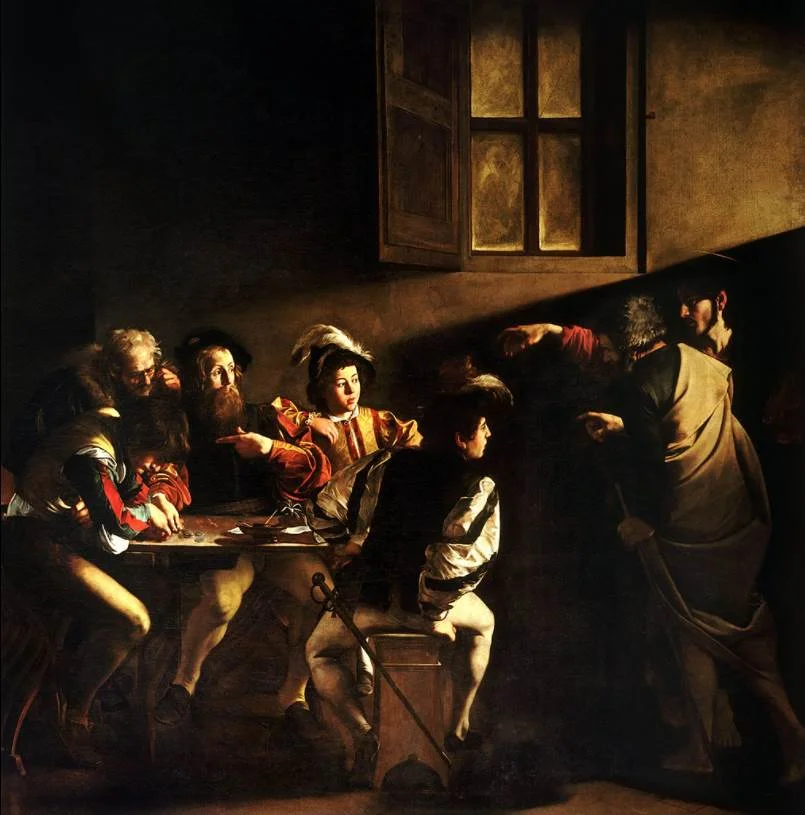
Notable Baroque artworks
What better way to discover Baroque Art than to check out some of the most famous Baroque artwork ever produced right? Below, you’ll find a list of some of the most notable works.
- The Ecstacy of Saint Teresa (1647-1652) – One of Gian Lorenzo Bernini’s ultimate masterpieces. It includes a source of light to enhance the dramatic effect.
- The Calling of Saint Matthew (1599–1600) – One of the paintings by Caravaggio that highlights his chiaroscuro technique.
- The Night Watch (1642) – The most famous painting of the Dutch Golden Age was painted by Rembrandt van Rijn and is on display at the Rijksmuseum in Amsterdam.
- Las Meninas (1656-1657) – One of the most enigmatic paintings ever produced and the absolute masterpiece in the oeuvre of Diego Velázquez.
- Asam Church Interior – This church in Munich features sculptural elements that intertwine with the building’s architecture.
Want to discover more? Check out these famous Baroque paintings.
